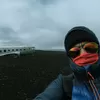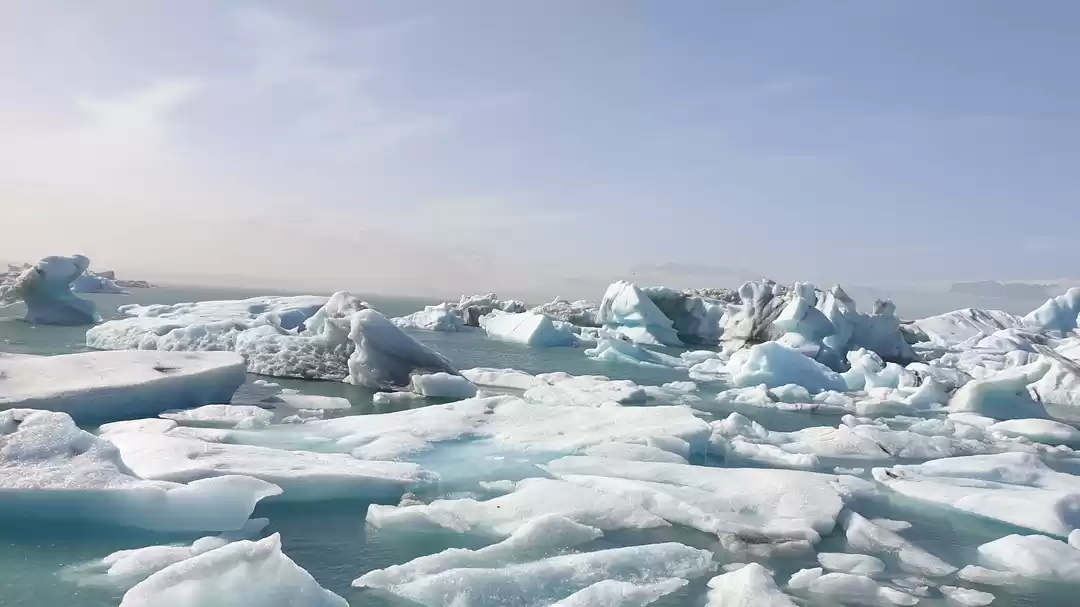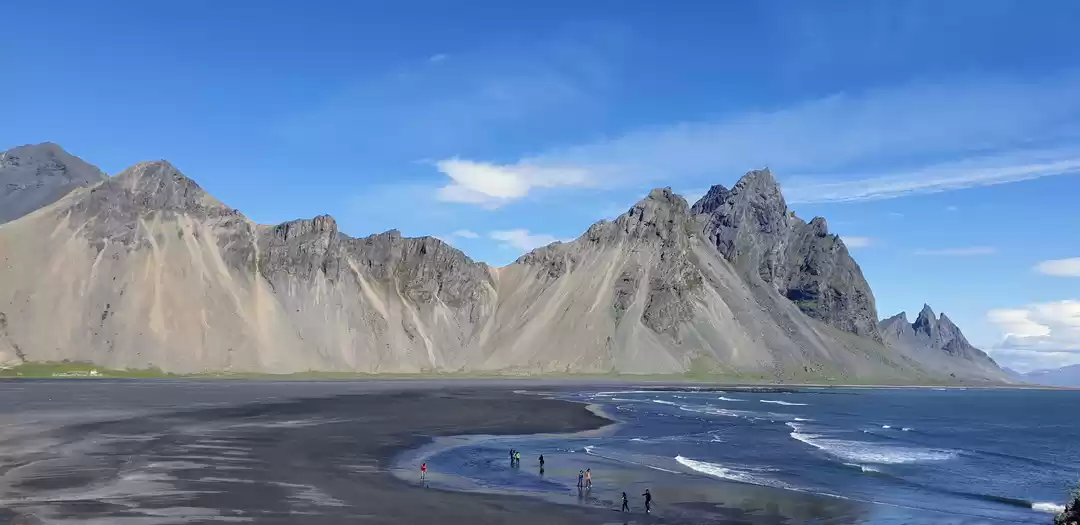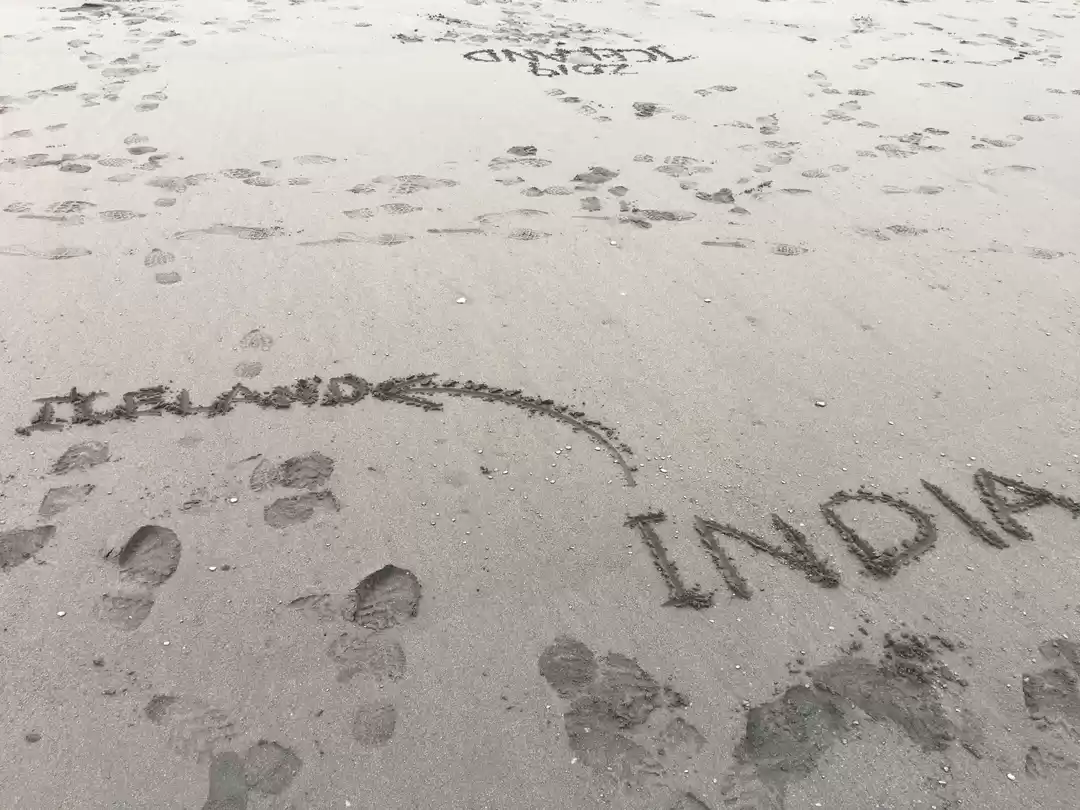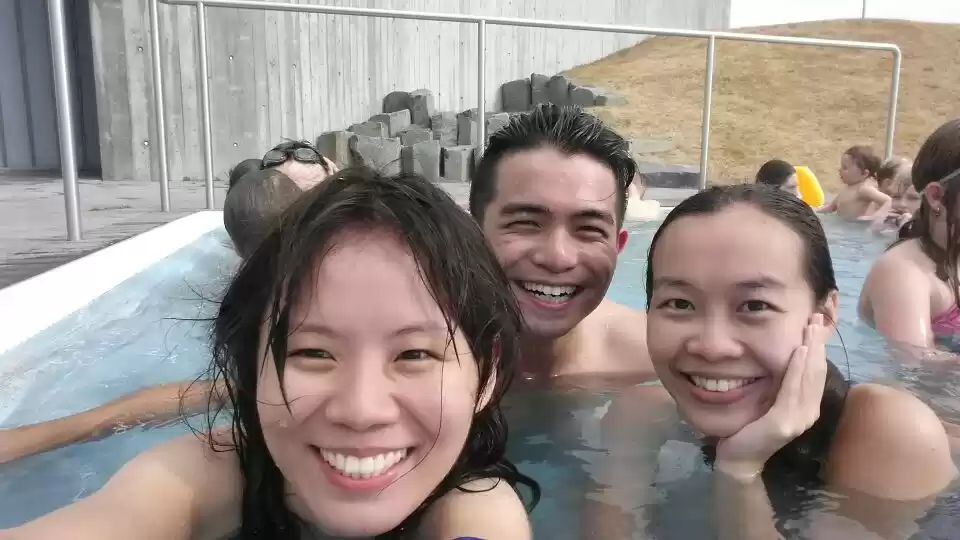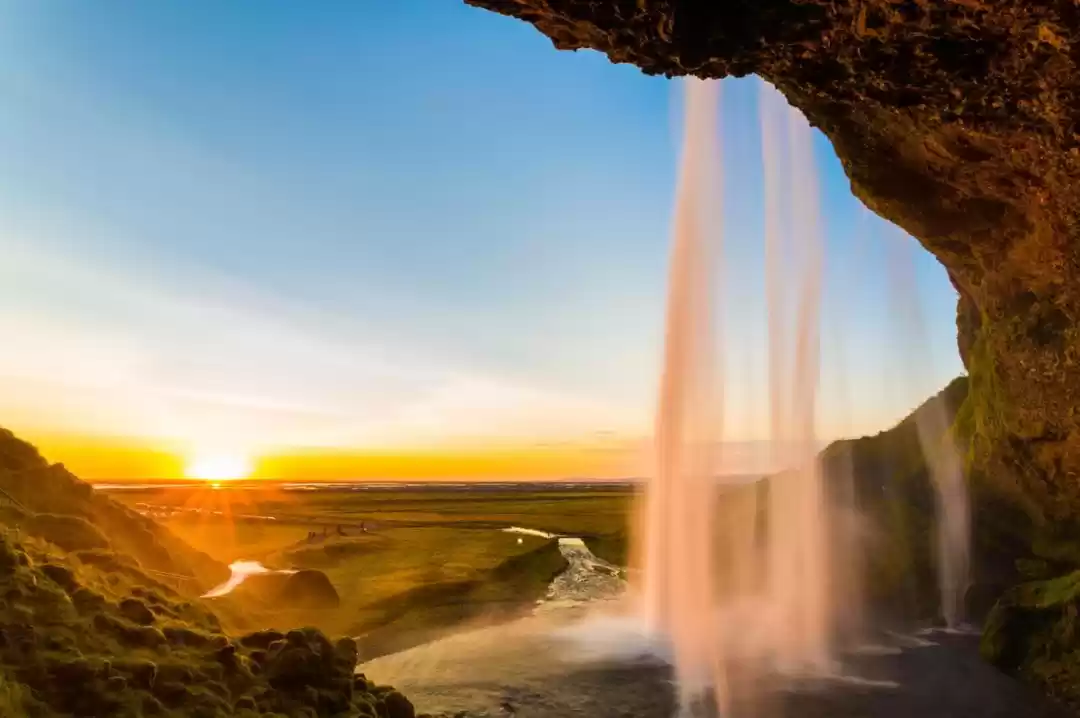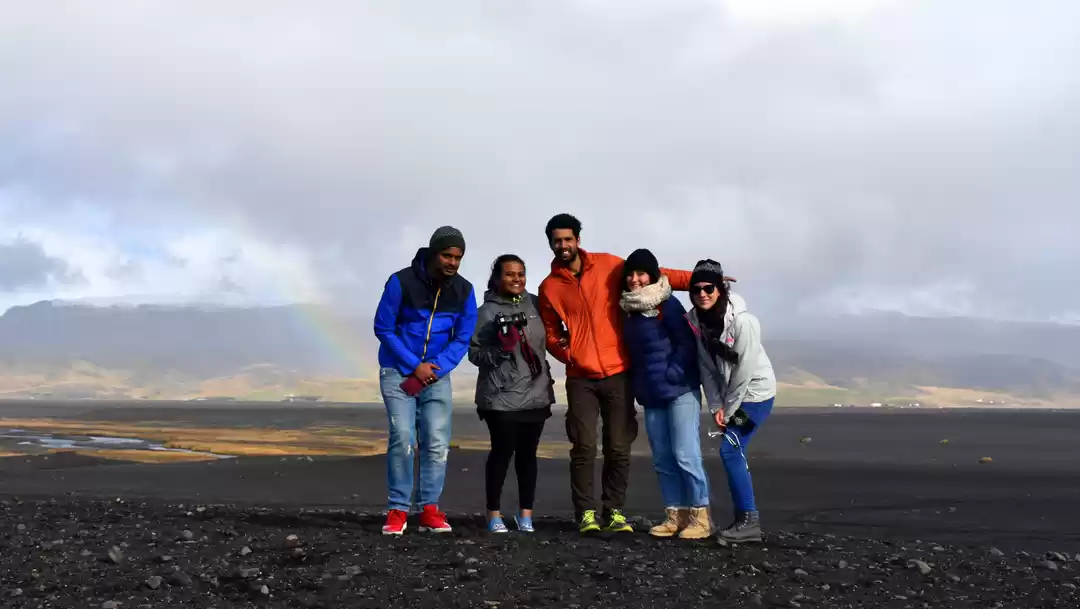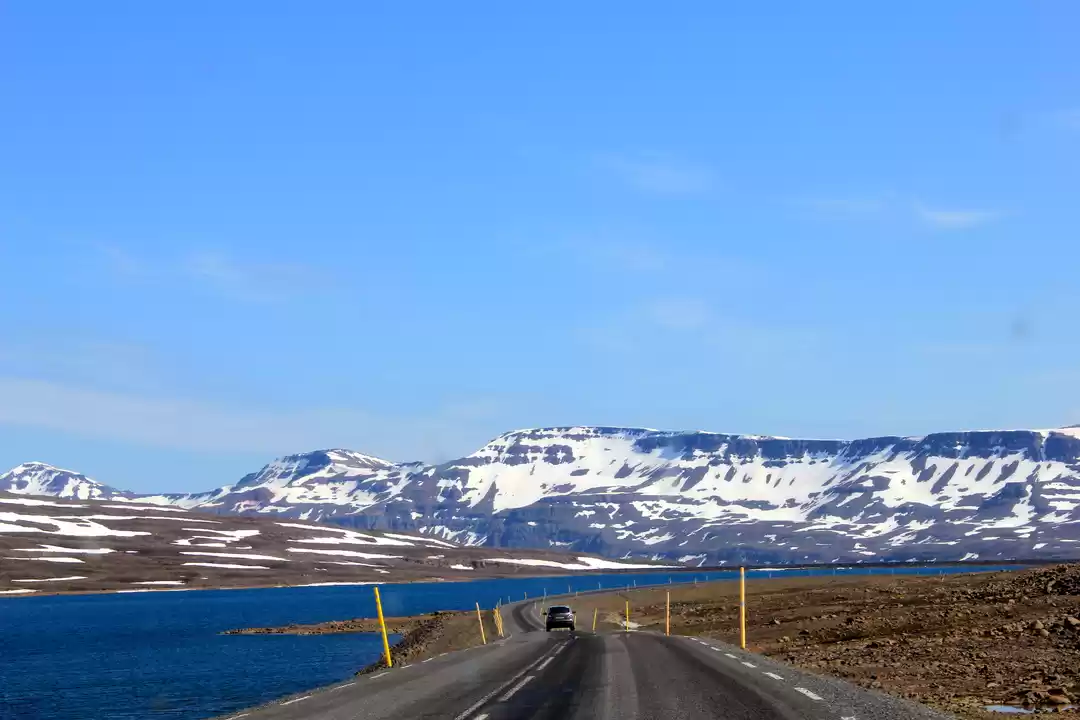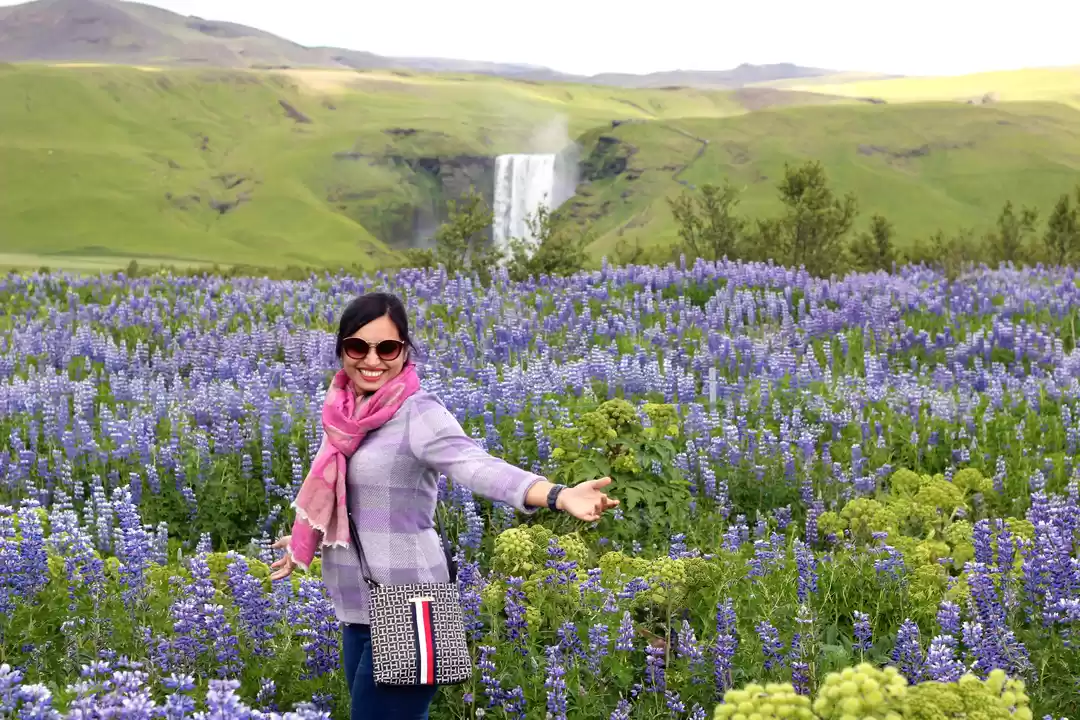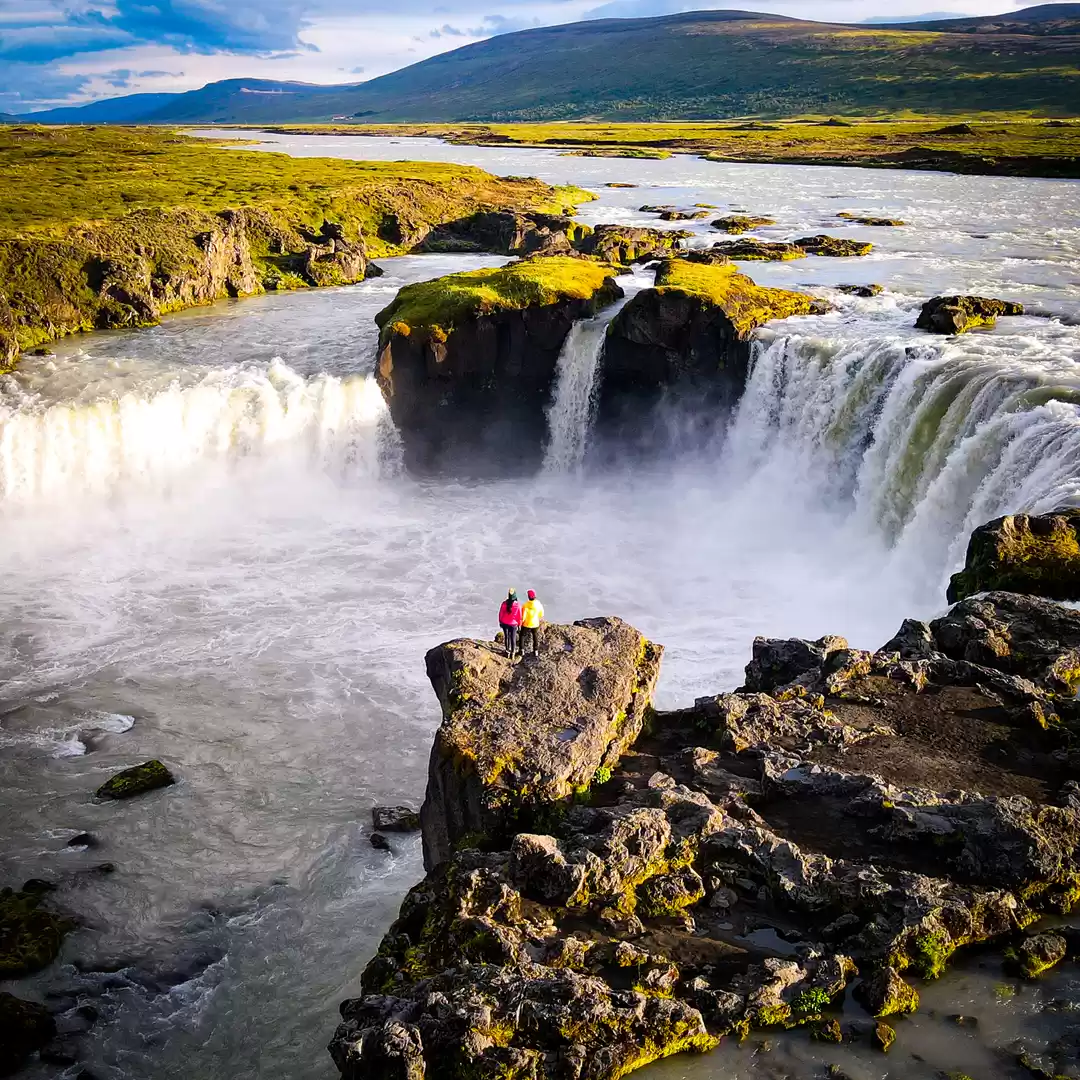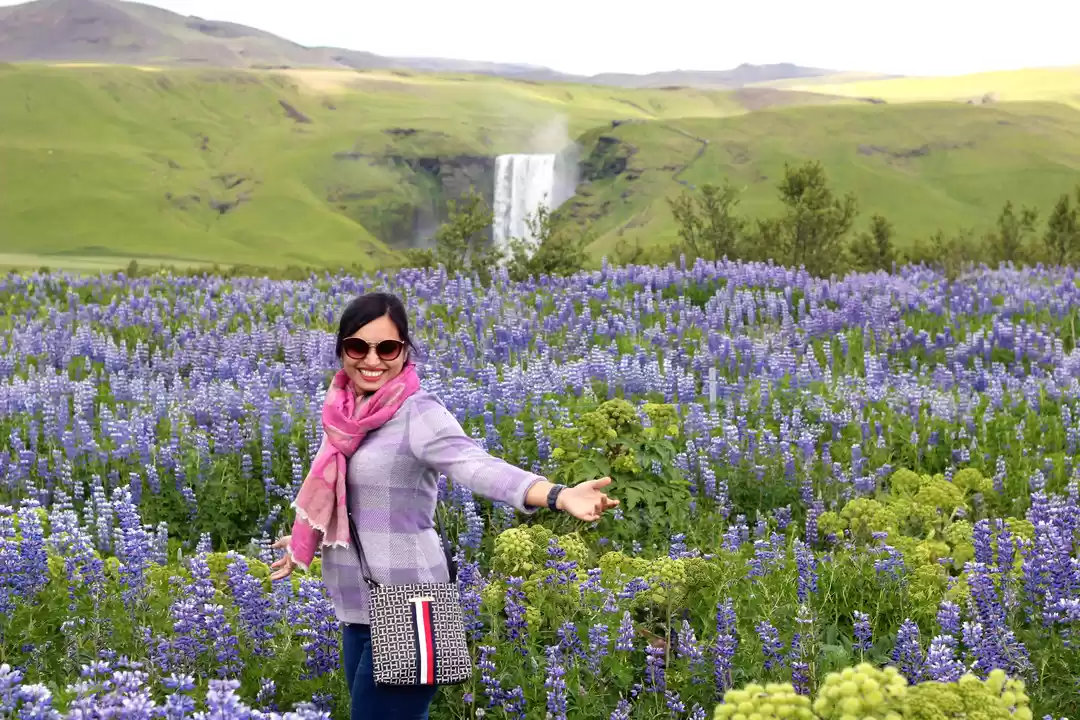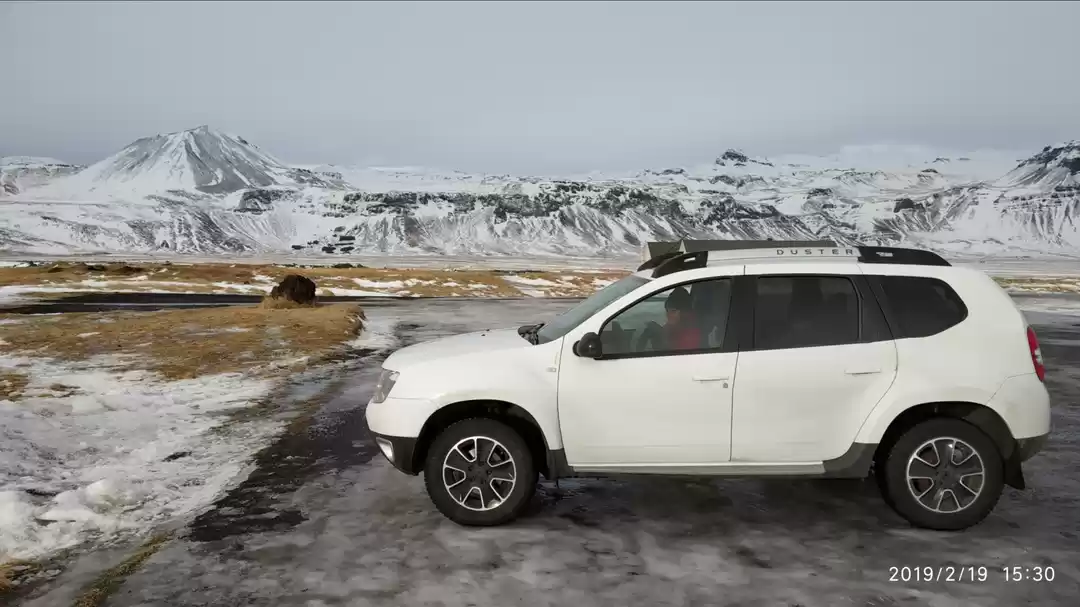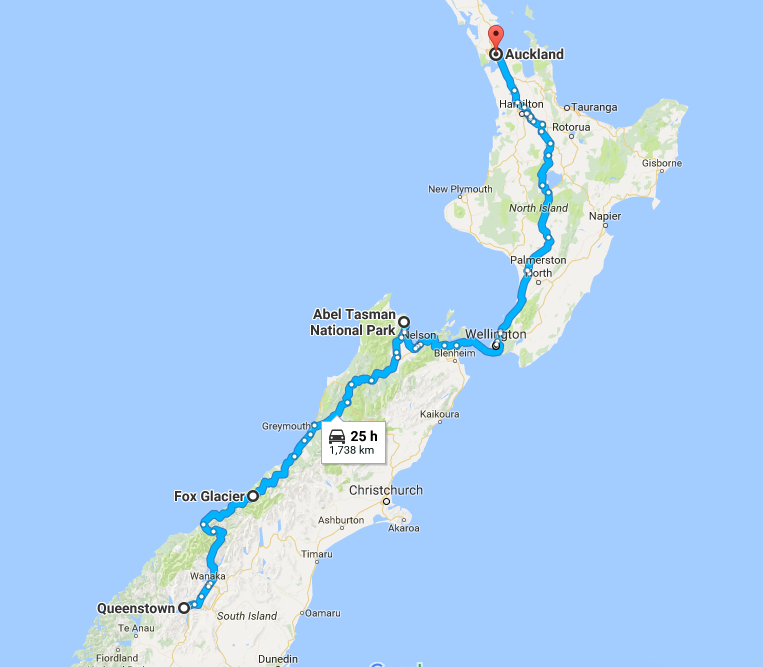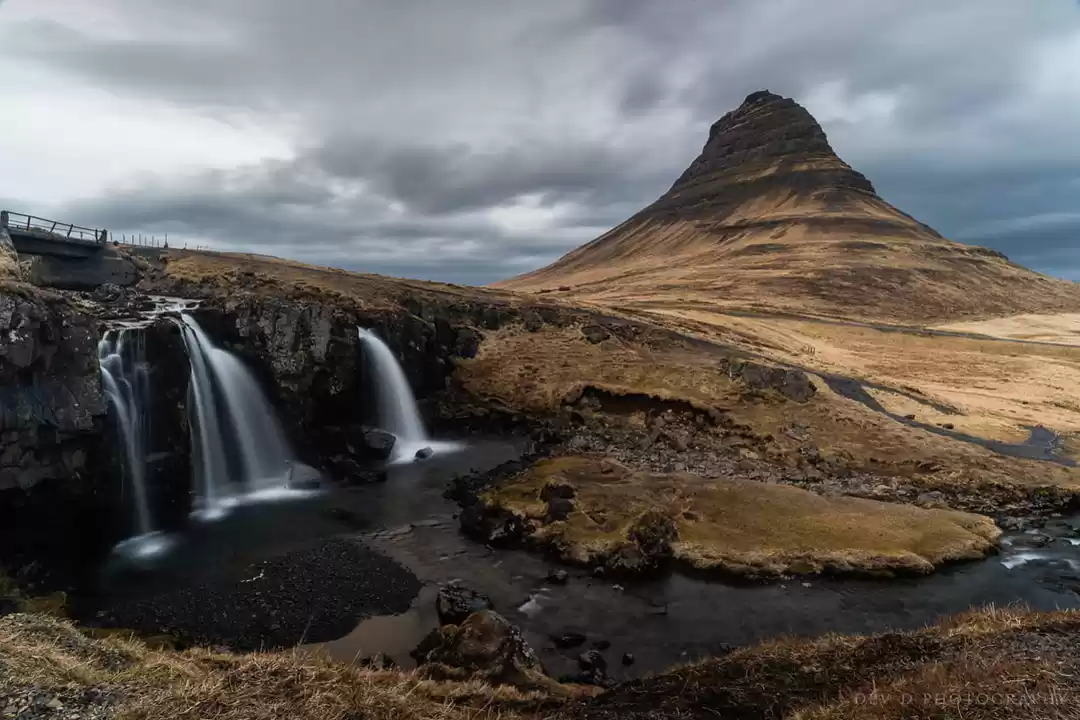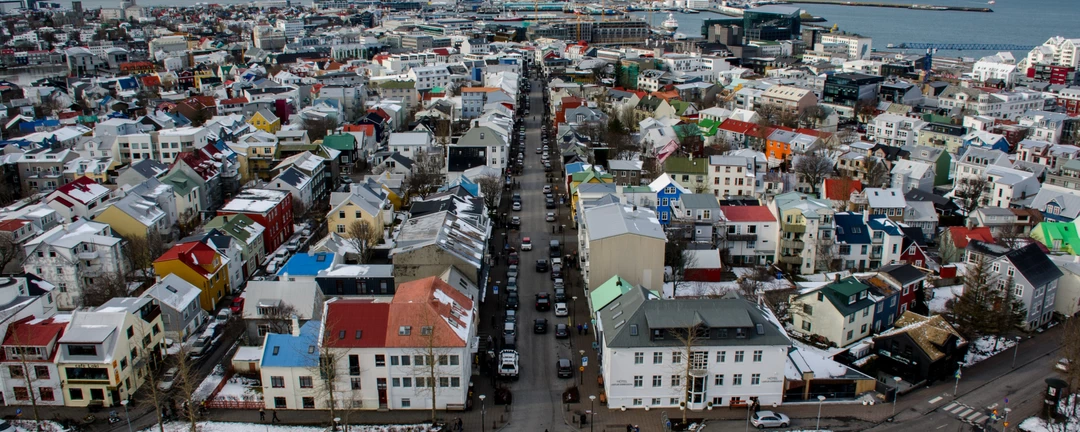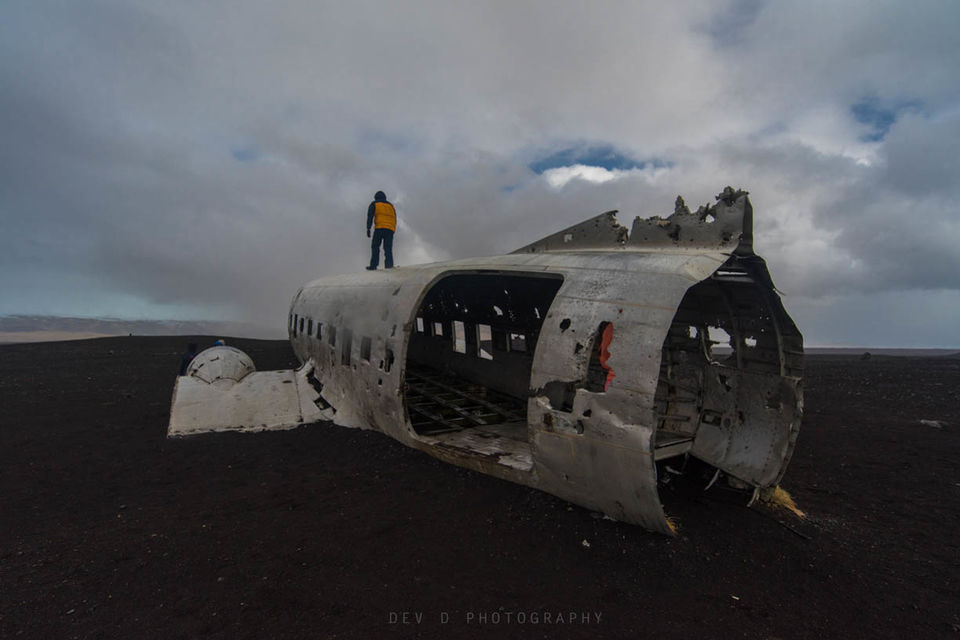
The land of fire and ice is one of the most sought after tourist destinations making a place at the top of everyone's travel bucket list. A lot of people have asked, "Why travel to Iceland?" along with many questions over the weather conditions, various choices for exploring, how to make a decision on which places to visit within Iceland etc. This blog tries to cover all those aspects by giving a comprehensive view on the important details a traveller should keep in mind while planning a trip to the utterly beautiful and surrealistic heaven in Europe, ICELAND!
WHY ICELAND ?
Honestly, if someone were to look for an answer to this question its better to leave it unanswered! Iceland is one of the most pristine countries in this world which hasn't been polluted yet in spite of the plethora of travelers and the associated outdoor activities because the government is very stringent in their policies of preserving nature the way it should be. When a country chooses an environmentalist as their Prime Minister, it speaks volumes about the outlook of it's citizens. From volcanoes to glaciers, every single element of nature read in geography books can be discovered in Iceland effortlessly. Kilometers of moss covered fields giving way to hundreds of kilometers of black sand with the same road leading up to mountains covered in snow, this small island is unmatched in it's diversity compared to none.
BEST SEASON TO TRAVEL
As is usual with most North European destinations, the summers starting are considered the best season for visiting Iceland whilst the winters are best for watching the spectacular show of Northern Lights.
May to August (summers) brings in a huge number of travelers from the world over which leads to a skyrocketing in the prices of accommodations, car rentals, flight tickets and most importantly leads to an overcrowding of the all the beautiful locations. Road conditions are good and mostly all locations are easily accessible. Medium driving skills are required in this season and driving under the midnight sun is quite an experience! Loads of outdoor activities make this season ideal for the perfect summer vacation.
Clothing : T-shirts and flip-flops are all the rage. Icelanders sometimes call 25 degree Celsius winds as heatwaves!
November to February (winters) is the dark season with just 4-6 hours of daylight with most of the places covered in snow. Driving is a HAZARD in these conditions of heavy snowfall and strong winds for those who are unacquainted with such conditions. 4WD (winter tires mandatory) and super-jeeps are highly recommended along with advanced level of driving skills. Many villages are cut-off for days together but the cherry on the top of the cake is the sightings of the Northern lights.
Clothing : Take absolutely no chance and come fully prepared with waterproof clothing, water resistant boots, face mask, woolen head-gear and socks, warm gloves with inner liner. It is important to dress-up in layers and not put on one piece of warm clothing.
March-April and Sep-October are the shoulder months and visiting Iceland can be quite an experience at this time since the number of travelers and prices of accommodations and car rentals is much more affordable compared to the summer season. April and September receive nearly 10-12 hour of sunlight which lets photographers make the best use of their talent. But navigating the strong winds and inclement weather can be quite a challenge for those who come unprepared to face the wrath of nature. Winter clothing is highly recommended.
BEST PLACES TO VISIT
If one were to search for places of scenic beauty to visit in Iceland, there would be at least 100 places (and pronouncing half of them will be a challenge in itself)! The choice about the number of places depends on how long has one planned their holiday. Here is a small overview of the famous touristy places on each coast:
South coast: This is THE most visited area in Iceland boasting of magnanimous waterfalls like Seljalandsfoss & Skogafoss, the iconic Solheimasandur plane crash site, black sand beaches like Vik and Reynisfjara, moss covered landmasses and not to forget the beautiful glacier viewing beach Jokulsarlon.
Time to cover : 3 to 7 days
East coast: Vestrahorn, Vatnajokull National Park, Laugarvellir hot waterfall, Viti crater lake (involves an hour long hike) and the beautiful town of Seydisfjordur.
Time to cover : 2 to 3 days
North Iceland: The Arctic Henge, Asbyrgi National Park, mighty Dettifoss and Godafoss waterfalls, colorful Lake Myvatn, lava formations in Dimmuborgir, the rhino shaped rock Hvitserkur and whale watching in Husavik are the action packed things to look out for.
Time to cover : 3 to 4 days
West Iceland: More commonly known as the Westfjords, this place is not visited by travelers much but is beautiful in it's own way. Serpentine mountainous roads, small quaint towns of Patreksfjordur, Isafjordur and Holmavik, opportunities for seal watching, an Arctic Fox reserve where one gets a chance to view the cute foxes up close make this place a must visit for everyone who visits Iceland.
Time to cover : 2 -4 days
MODES OF TOURING
The public transport system in Iceland is not that developed. Hence guided tours or self-drive tours are the options utilized by most tourists to explore this island.
Self-drive tours: This is undoubtedly the most preferred way of touring since it is cheaper and hassle free compared to the guided tours as it allows people to travel at their own pace whilst following their own itinerary. Myriad of car rental companies are in business renting from small cars to motorhomes. It is recommended to use designated campsites because freedom camping is heavily regulated now.
Guided tours: These are mostly group tours and are rather expensive but are worth the penny because the guided tours are carried out by experts and are very professional. Travelers benefit from the loads of information which are provided and knowledge sharing. Single day as well as multiple day trips are available. They also entertain personal requests for customized tours.
Hitchhiking: Done by a few but not recommended since people don't prefer to share a ride with a stranger as crime has been on the rise in the recent years in Iceland. It is often difficult to find a ride and people have been known to wait for hours before someone offered them a place in their car.
COSTS
Iceland is a ridiculously expensive travel destination if proper planning is not done. These are some valuable tips to save money:
1. Book hostels : The hotel prices are high by global standards in Iceland. So it's best to book hostels and better if done at least 3-4 months in advance as these are sold out even 6 months before especially during summer season.
Price: INR 2400 - 3000 in Off-season & INR 3500 -5000 in peak season (Hotels start upwards of 100 Euros)
2. Car rentals : Research vehemently to strike the best deals with the car rental companies on bookings. Discounts are offered is sometimes the rentals are for 10 days or more.
Price: INR 30, 000 - 40, 000 per week (depending on the type of vehicle). Campervans and motorhomes cost more.
3. Stock on food supplies : Eating out in Iceland will drain the pockets like a sinkhole! The best way to manage is to stock on food supplies like bread, sauce, sausages, cookies, fruits and vegetables from supermarkets. Don't forget to try the Icelandic Skyr in all the different flavors! Iceland has one of the best quality of drinking water in the world, so don't waste money on purchasing bottled water.
Budget: INR 2000 - 3000 per day depending on dietary requirements.
4. Duty-free alcohol : Needless to say, the alcohol prices in Iceland are so high that if one does not carry alcohol from the duty-free shop while entering Iceland, they shall be bound to remain without their favourite booze for the trip.
Tip: Check the allowable limits of carrying liquor per person
5. Rejkavik happy hours : Many pubs in Reyjkavik have happy hours and travelers should look forward to utilizing these evenings for satiating their inner thirsty Viking!
6. Adventure Sports : Iceland offers a huge option of outdoor activities starting from scuba diving between two tectonic plates of Europe and America at Silfra to walking on top of a glacier at Skaftafell. One should choose wisely on which activities to spend the money on because these are very highly priced owing to the high standards of safety and professionalism. There are other adventure sports like snowmobiling, whale watching, Aurora viewing tours etc.
Average Price: INR 12, 000 and above for single activities of 3-4 hours

